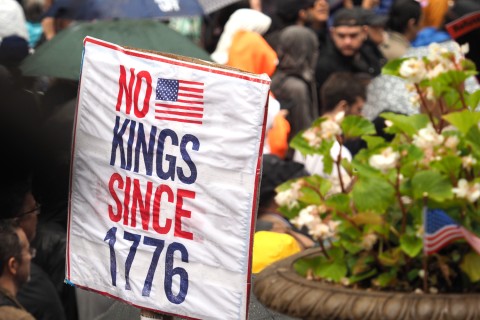April 5, Palm Sunday A (Matthew 21:1–11)
Triumphal entries have a certain formula. Jesus does it all wrong.
Read the author's column on the Passion Sunday readings.
Churches still hold Holy Week services, but attendance has dropped. Many worshipers don’t attend between Palm Sunday and Easter—causing some church leaders to worry that the week can devolve into triumphalism, the parade at its beginning predictably leading to an empty tomb at its end. Many churches now shorten or even omit Palm Sunday celebrations, choosing instead to observe Passion Sunday.
While there is merit to hearing the whole story of Jesus’ Passion on a single Sunday, Palm Sunday itself is more than just a happy parade. This triumphal entry of Jesus is not like the typical triumphal entries of empire, nor does it yield the same result. The careful preacher may, with the Palm Sunday story alone, lift up a dissonance present throughout Jesus’ Passion, made complete at Easter dawn.





